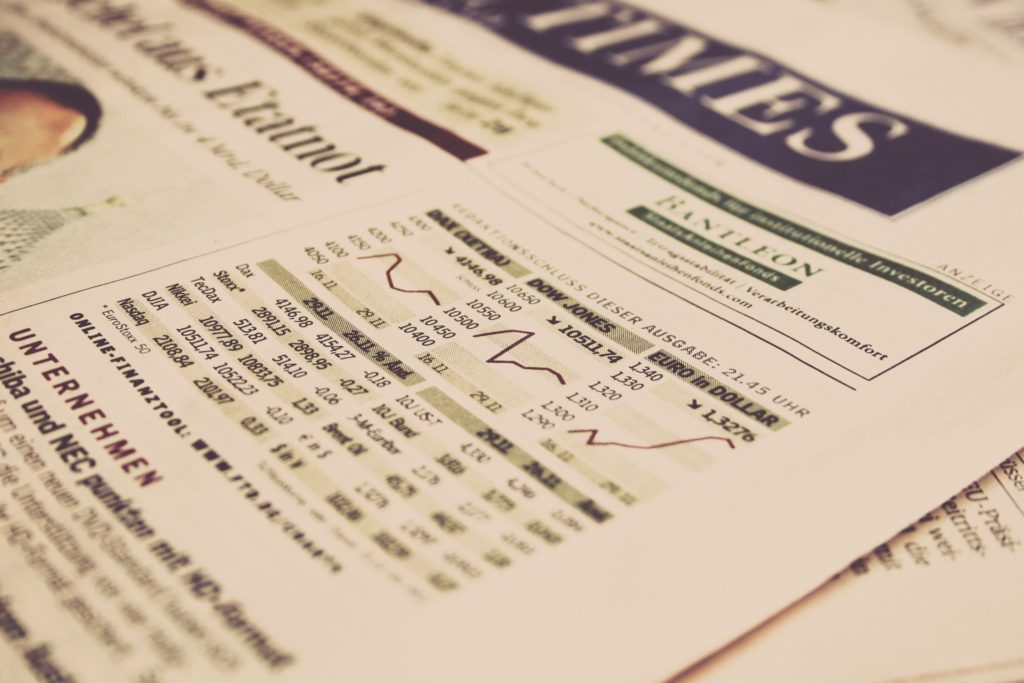The growth of exchange-traded funds (ETFs) has been explosive. In 1998, there were only 29; at the end of 2018, there were over 1,900 investing in a wide range of stocks, bonds, and other securities and instruments.1
At first glance, ETFs have a lot in common with mutual funds. Both offer shares in a pool of investments designed to pursue a specific investment goal. And both manage costs and may offer some degree of diversification, depending on their investment objective. Diversification is an approach to help manage investment risk. It does not eliminate the risk of loss if security prices decline.
Structural Differences. Mutual funds accumulate a pool of money that is then invested to pursue the objectives stated in the fund’s prospectus. The resulting collection of stocks, bonds, and other securities is professionally managed by an investment company.
ETFs work in reverse. An investment company creates a new company, into which it moves a block of shares to pursue a specific investment objective. For example, an investment company may move a block of shares to track performance of the Standard & Poor’s 500. The investment company then sells shares in this new company.
ETFs trade like stocks and are listed on stock exchanges and sold by broker-dealers.
Mutual funds, on the other hand, are not listed on stock exchanges and can be bought and sold through a variety of other channels — including financial advisors, brokerage firms, and directly from fund companies.
The price of an ETF is determined continuously throughout the day. It fluctuates based on investor interest in the security, and may trade at a “premium” or a “discount” to the underlying assets that comprise the ETF. Most mutual funds are priced at the end of the trading day. So, no matter when you buy a share during the trading day, its price will be determined when most U.S. stock exchanges typically close.
Tax Differences. There are tax differences as well. Since most mutual funds are allowed to trade securities, the fund may incur a capital gain or loss and generate dividend or interest income for its shareholders. With an ETF, you may only owe taxes on any capital gains when you sell the security. (An ETF also may distribute a capital gain if the makeup of the underlying assets is adjusted.)
Determining whether an ETF or a mutual fund is appropriate for your portfolio may require an in-depth knowledge of how both investments operate. In fact, you may benefit from including both investment tools in your portfolio.
Amounts in mutual funds and ETFs are subject to fluctuation in value and market risk. Shares, when redeemed, may be worth more or less than their original cost.
At a glance. Mutual funds and exchange-traded funds have similarities — and many differences. The lists below give a quick rundown.
Mutual funds:
* Bought and sold through many channels
* Not listed on stock exchanges.
* Priced to the end of the trading day.
* Capital gains within the funds distributed to shareholders.
* Dividends may be automatically reinvested.
Exchange-traded funds:
* Bought and sold through broker-dealers.
* Listed on stock exchanges.
* Price continuously determined during the trading day.
* Capital gains within the ETF reinvested, and the ETF may distribute a capital gain if the make-up of the underlying assets is adjusted.
* Dividends generally distributed to brokerage account.

Damian J. Sylvia
Retirement Income Solutions
Office: 732-508-6044
Direct: 732-284-0902
Email: Damian@MyFinancialSolution.org
Website: RetirementSolutionsNJ.com
Citations.
1 – ici.org/pdf/2018_factbook.pdf [2018]

